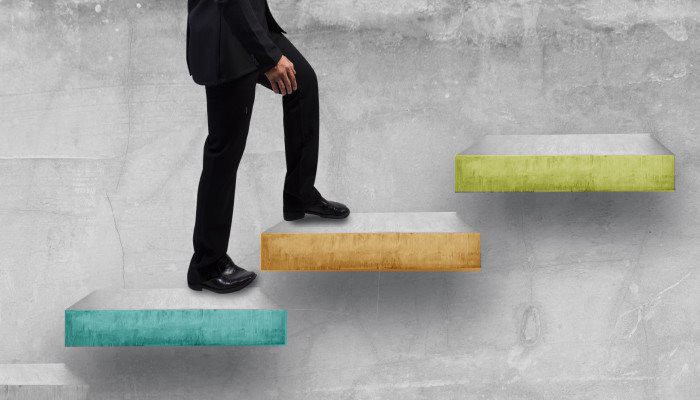The successful enhancement of an employee’s personal productivity depends on self-evaluation. An employee should keep in mind that his self-evaluation should provide a clear picture of the standards of his performance and the quality of output. To achieve this clarity, he must hold periodic assessments of his own work, in addition to the quarterly performance reviews from the management, which the employee is expected to attend and take as a constructive step towards improving performance.
Steps like these help the employee to detect the areas in which they are supposed to make changes and improvements. It also helps him identify those individual areas on which he can speak to the management, so that they can provide a way to boost his productivity.

Evaluation doesn’t determine only those performers who need to up their performances; it also helps to identify those people who are performing really well, so that their hard work can be recognized and rewarded. A relevant rewarding system provides a huge impetus to the employees and motivates them to give their best at the job.
Keeping the way employees react to changes in their workplace environment, Kurt Lewin has introduced the “Three-phase Theory of Change” that is related strongly to performance management. This theory states that any employee trying to adopt to change goes through three phases −
Unfreezing
This is a crucial phase for the employee during which he tried to understand the change and the reason it’s taking place. After that, he starts preparing himself to accept the changes and tries to adapt to it.
During this phase, the person faces the realization that the environment he was comfortable working in is also going to change. At this point, they start to weigh the advantages of adapting to the change against the disadvantages of losing the comfortable working environment. This is called the Force Field Analysis.
Change
Lewin had mentioned that change is not a one-time event but is a process that depends on the transitions happening around a system. In other words, the changes a system faces are due to the changes in the surrounding environment. The reason this phase is so tough is because no one can be certain of what’s going to happen in the future, so it’s difficult to bring changes that will be good to last for long in an organization.

It’s the same dilemma that people face while designing the curriculum for students to read in schools. Even if we aren’t sure of what’s going to happen the next day, we want to design content and education for them that we hope will stay relevant and help them in building their careers decades later.
In situations like these where people have to foresee situations and take decisions based on it in the present, the ideal approach is to try and think of challenging targets and try to achieve them, as compared to keeping really simple and low aims.
Freezing
This phase is the establishment of the new changes and the system gaining stability. This stage could take longer than the other two phases to be fully covered, and many times frequent unfreezing incidents happen during it, till it finally becomes stable for a long time.


